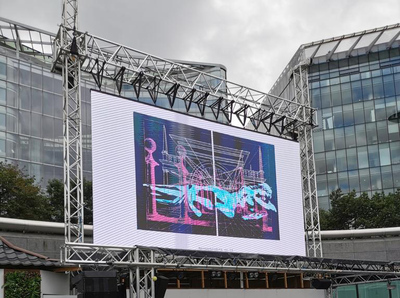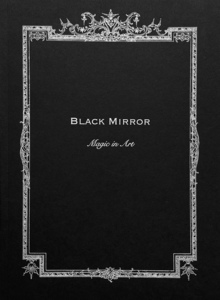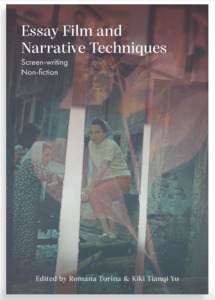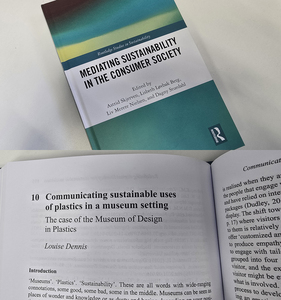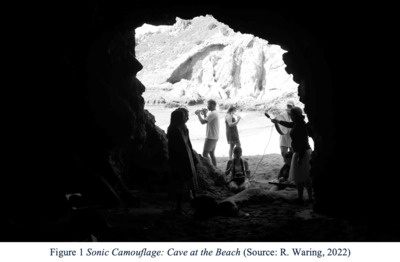Seemingly random acts of violence are occasionally acted upon monuments, memorials, and public icons of commemoration. On occasion, however, the rhetorical topography of cities arouses dialogue and interaction, especially at times of national or global crisis. Drawing on the theoretical work of Boyer and Matsuda, we explore the contested dialogues of commemoration as acts that go beyond evaluation, judgment, and of utterance, to become dia- logic, interventionist, and (in extremis) auto-destructive. This article uses as a case study the creation of an artwork masquerading as a temporary memorial, which was constructed by an artist as a work about commemoration rather than as a commemoration in itself. However, due to the particular circum- stances of its timing, coinciding as it did with the bombing of Afghanistan by America and its allies following the Twin Towers terrorist act in New York on 11 September 2001, it took on an unanticipated function. During the course of the show the Faux Cenotaph was written on, added to, subtracted from, and eventually dismantled by unknown hands. It became a locus for numerous expressions of protest with a sequence of interventions by a largely seen set of players, becoming a temporary version of what the Germans call a ‘Denkmal’: a monument that stands as a warning, causing us to meditate on the mistakes of the past, and hopefully to mend our ways. This paper sets out a number of arguments to suggest that following this sequence of unscheduled, and very radical, interventions the piece became a ‘guerilla-memorial’: a rejoinder to both the object and the genre of the monumental memorial itself.
 |



 Lists
Lists Lists
Lists

![Gough_Faux Monument_Illustration 3_freedom.jpg [thumbnail of Gough_Faux Monument_Illustration 3_freedom.jpg]](https://research.aub.ac.uk/191/3.haslightboxThumbnailVersion/Gough_Faux%20Monument_Illustration%203_freedom.jpg)
![Gough_Faux Monument_lIllustration 4_trading.jpg [thumbnail of Gough_Faux Monument_lIllustration 4_trading.jpg]](https://research.aub.ac.uk/191/4.haslightboxThumbnailVersion/Gough_Faux%20Monument_lIllustration%204_trading.jpg)
![Gough_Faux Monument_Illustration 7.jpg [thumbnail of Gough_Faux Monument_Illustration 7.jpg]](https://research.aub.ac.uk/191/5.haslightboxThumbnailVersion/Gough_Faux%20Monument_Illustration%207.jpg)


